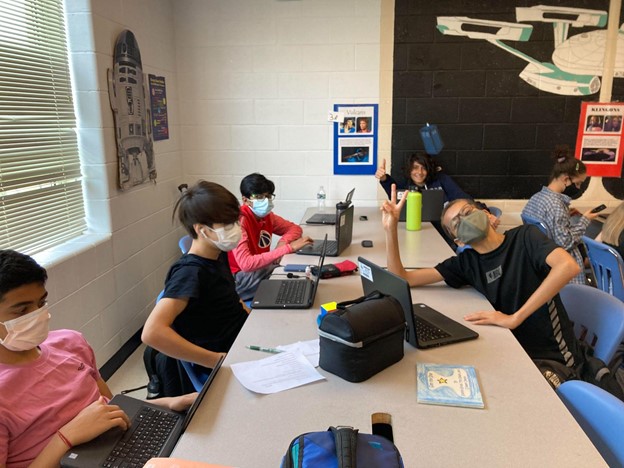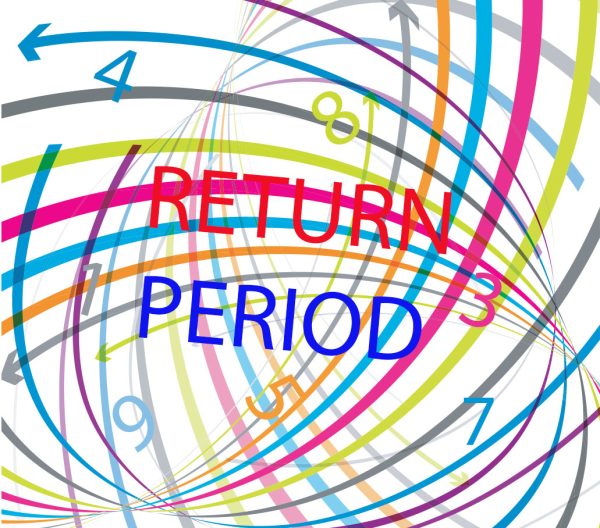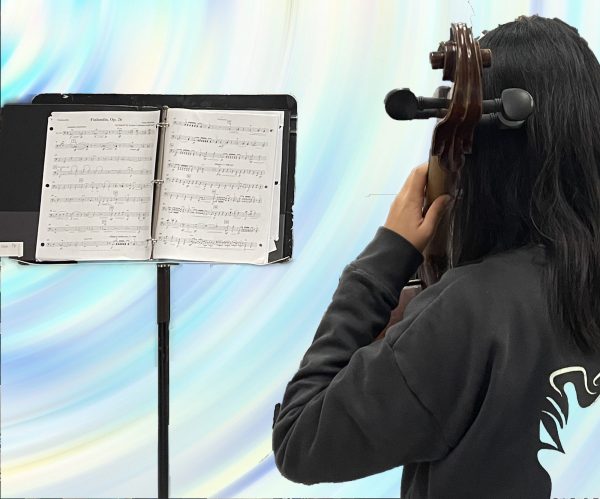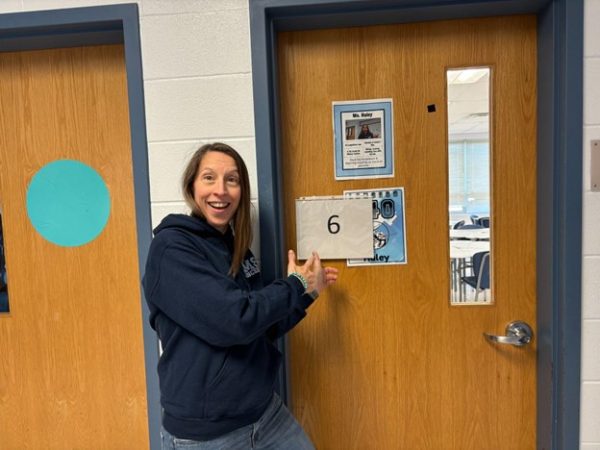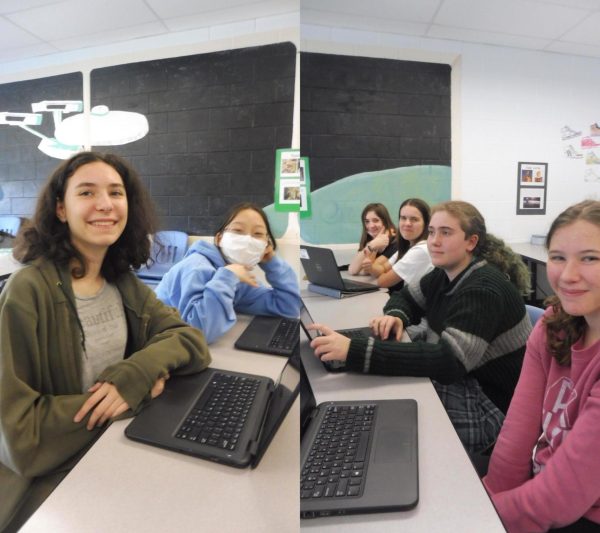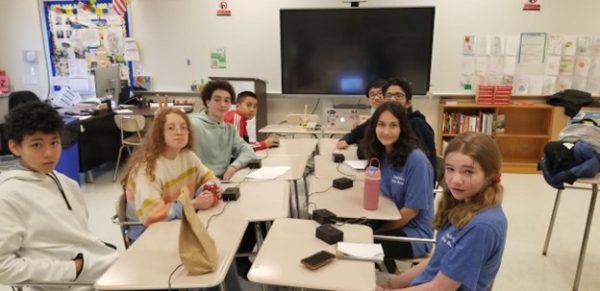OPINION: Group Work is Counterproductive
Students in the Journalism classroom work in their groups with mixed results.
THIS IS A STUDENT EDITORIAL AND DOES NOT NECESSARILY REFLECT THE OPINION OF THE LONGFELLOW ADMINISTRATION
Group projects are a favorite of many teachers, and they often carry a big grade with them. , While these types of projects do come with some benefits, such as developing teamwork skills, working with a group can lead to issues elsewhere that, in my opinion, outweigh the positives.
History teacher Stephanie Haley, who often assigns group work, admits that there can be downfalls. “Group work absolutely has positives and negatives, as most any assignment could,” she said. “But the reality is most of us will never go through life without having to interact, work with, or collaborate with another person. Learning how to do that is a key skill. Understanding, not all people work like you, have the same skills as you, and/or communicate like you is also beneficial.”
While those skills may be beneficial, do they help students learn the material for their classes? The first problem is that people sometimes won’t (or can’t) pull their own weight. It’s easy to see if you visualize it like a basic math problem. Imagine a group of three people (Persons A, B, and C) doing a project with a workload for three people. In a perfect world, the three people would each get one-third of the 3-person load for a 1:1 ratio, and that’s the end of the problem.
We, however, do not live in a perfect world. Say that Person A has an extracurricular online class or gets stuck in traffic, or just doesn’t feel like pitching in. So now, a 3-man load is split between 2 people, and the two workers get 1.5 times their original work.
Of course, you can always report a lazy worker to the teacher, but sometimes it isn’t their fault, and it is not necessarily fair to target one group member for things outside of their control. In an office environment, someone who is lazy gets the boot, while in school, the closest we will get is the teacher switching the person out with another from a different group (and that rarely happens).
The best solution is to just take groups out of the picture and make the project a one-person load. Now, Persons A, B, and C have their own work, and they retain the 1:1 load ratio.
Another problem is the distribution of content. For example, suppose your math teacher lets you work together with your shoulder partner on a worksheet. Your partner immediately says, “I’m gonna do the evens; you do odds.” This results in an imbalance of learning. Teaming up should be an opportunity to work together to understand the material, not a “divide and conquer” strategy.
When work is split up, students gravitate towards what they are good at already. For instance, an artist might do the coloring, or the history buff would choose the historical stuff. This approach will hurt scores on end-of-unit tests.
Once again, the “future office work” scenario doesn’t hold up. It is not a problem to assign certain aspects to certain people in a work situation as the purpose is not to get the members to learn but to complete a job efficiently.
The solution? To take the group out of the picture. Now we can return to the ideal “balance” of learning, and everyone knows the stuff they need for the unit test.
Another argument in favor of group work, according to Haley, is for social reasons.
“There’s a social aspect that’s good for group work; meeting people, figuring out answers and how to work with others is a gain. It can also be a bummer, and I get that.”
When things go well, students can learn a lot from working with each other, but more often, groups seem to end up with internal conflict. Groups invariably include members who just don’t get along. Maybe two members argue or keep getting off-topic while you’re working. Maybe someone refuses to speak to the group. Whatever the problem, internal conflict ruins any sort of enjoyment that was there to begin with.
Teachers do their best to mitigate the problems, but that doesn’t always help.
“When my students are assigned a group, I pay close attention to the workload that each student is doing,” said Haley. “I also work in an anonymous grading survey to evaluate all members. A person who doesn’t pull their weight will be penalized up to a letter grade. Usually, I know who this is and try to redirect.”
While students appreciate this effort, it doesn’t much help the students who want to do well, especially if their group member is not motivated to get good grades.
In conclusion, common problems plague group projects, and while a successful group is something to take note of, mixing elements of professionalism into a learning environment usually does not end well for the people involved. And me? I’d rather not take my chances.


